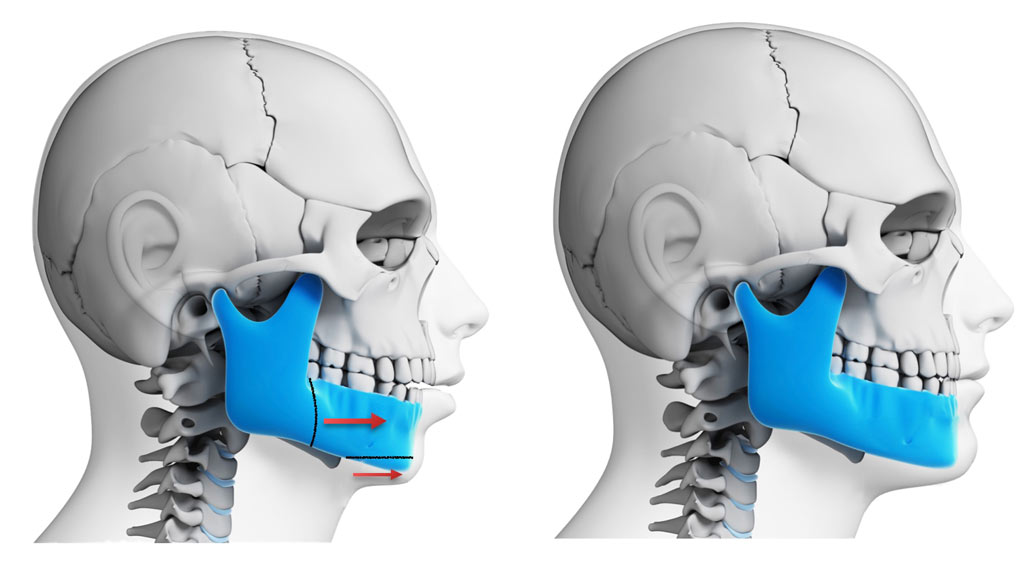
Orthognathic Surgery
Orthognathic surgery is utilized to rearrange the jaw, which is usually done to rectify an imbalance between the upper and lower jaws. There are medical disorders that could necessitate this surgery; the issue might be caused by facial injury or an issue like a cleft palate. In many cases, however, orthognathic surgery is an aesthetic choice rather than a medical requirement. It can also help you achieve a better bite and a more attractive face. Correcting jaw discrepancies assists in the balance of the facial contour, which is carefully examined.
At Dr. Changule clinic, care is delivered by a maxillofacial surgeon with orthognathic surgical experience. Our expert will conduct a physical examination, assess any related medical issues, and thoroughly explain your choices to you. Planning may include the use of models, x-rays, or computer analysis. Orthognathic surgery is often done when orthodontics alone is not enough to fix your bite. Due to the asymmetry, the difference in size between your top and lower jaw is often too significant. Braces can still be used to ensure that your teeth meet properly following surgery or in preparation for orthognathic surgery. Wearing them for a period of time before and after surgery is likely to be an aspect of your therapy.
The process is known as mandibular osteotomy, and it includes cutting and repositioning your jaw to a new position. This is done in our state-of-the-art facility under general anesthesia; you might have to remain for a night or two. A tiny, external cut by your jaw could be required, although it will fade rapidly and is, in any case, uncommon. Since the procedure is often performed from within the mouth, there are no visible scars. Tiny titanium plates and screws hold your jaw in place once it has been adjusted. They could be removed in some cases, but as with most bone surgeries, they are usually left in place. Following surgery, retaining measures could be applied to assist guide your teeth into their adjusted bite. Your teeth would not usually be wired together, but little elasticated bands will most likely be placed for some time.
